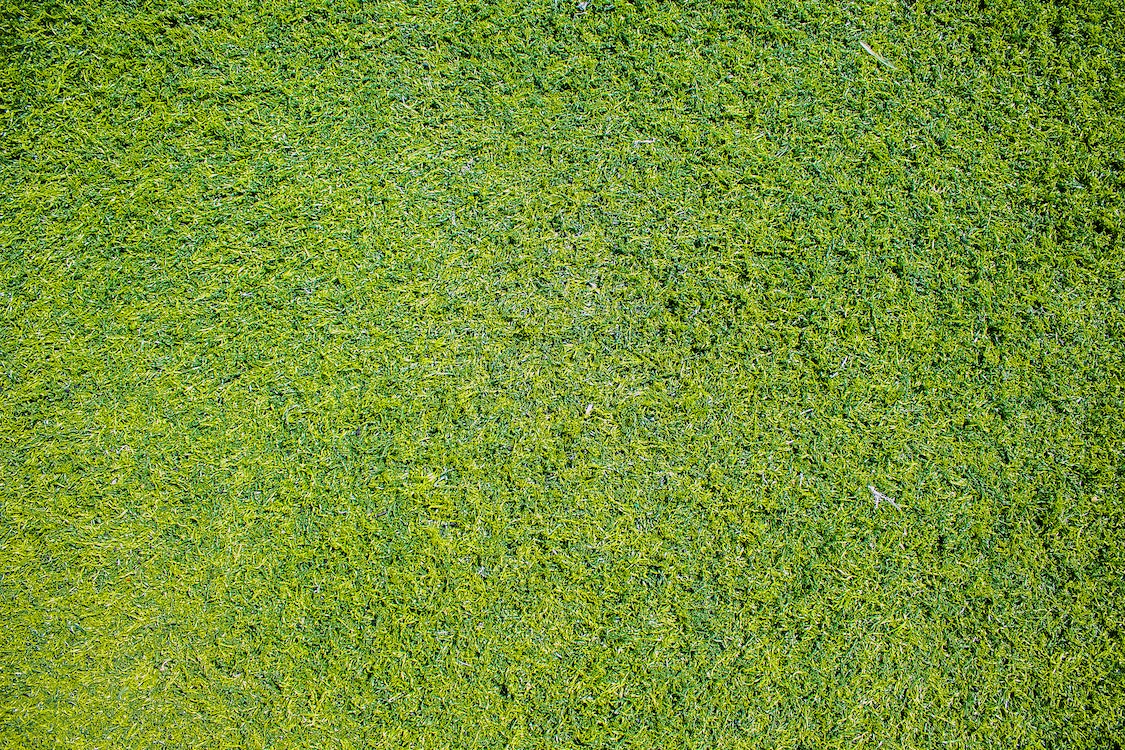
Whether you have a brand new lawn or you have had your lawn for years, you may have a lot of questions about how to keep your lawn healthy. There are many things you can do to make it look better, such as fertilizing, aerating, and watering. This article will discuss these steps in detail, and will tell you how you can keep your lawn looking great all season long.
Watering
Keeping your lawn healthy involves watering it correctly. There are many watering methods to choose from. In ground sprinklers, hose irrigation and soaker hoses are all great options. But be sure to choose one that’s right for your yard. You don’t want to waste water or damage your turf.
The best time to water your lawn is early morning. This is because the sun is lower in the sky and it is less intense, so the water is more likely to penetrate the soil.
A good soak a week is the best way to keep your grass looking lush. This will saturate the soil and encourage roots to grow deeper. However, if your yard is in an area that experiences a lot of rainfall, you may not have to water as often.
It’s also important to keep your sprinkler system maintained. It can get clogged over time, so you should check it on a regular basis. You don’t want to have a lawn that’s dry or muddy, or that’s plagued with fungal growth.
To see if your lawn has the moisture content it needs, poke a screwdriver into the soil. If it’s a dry spot, you’ll need to re-water your lawn.
The most obvious way to water your lawn is by using an in ground sprinkler. However, some homeowners prefer to use a hose nozzle or a soaker hose to water their lawns. It’s a good idea to have a hose that can be flipped on and off. This will give you control over the areas of your yard that are being watered.
Another tip is to water your lawn in the evening. This will help your grass absorb the water before the nighttime chill. This will minimize evaporation and decrease the risk of diseases.
Watering your lawn to look its best is a year round project. You’ll have to check its condition on a regular basis, but the effort will pay off in the long run. Keeping your lawn healthy will also help your wallet, so be sure to invest in a sprinkler system that’s durable and functional.
Fertilizing
Choosing the right fertilizer for your lawn can make all the difference in the way your grass looks. The type of fertilizer you use will depend on the type of grass you have and the time of year you are fertilizing.
There are three major types of fertilizers – liquid, granular, and synthetic. All of them have different ingredients, and each serves a different purpose for your plant. Some of the main nutrients found in fertilizer include nitrogen, phosphorus, and potassium. In general, lawns with a high level of potassium are more resistant to drought and disease.
If you have a large lawn, it may be better to spread your fertilizer in a crisscross pattern, rather than by hand. This will ensure more even coverage and will result in a lush, green yard.
To determine how much fertilizer to use, calculate the area of your yard. This can be done by sketching an outline of your yard and then multiplying the length and width by a number between one and eight.
When you are ready to apply your fertilizer, remove any debris and grass from the lawn. Water your yard thoroughly and wait at least a day before spreading the fertilizer.
Check the weather forecast to see if there will be any rain or a chance of a light rain before you start spreading your fertilizer. During periods of heavy rainfall, the fertilizer can easily wash away. It is also wise to avoid applying the fertilizer when the grass is in drought.
When you are planning to fertilize, it is important to use a slow-release granular fertilizer. This will help keep your lawn healthy throughout the summer. In addition, it will nourish it so it does not scorch.
The best time to fertilize your lawn is before seeding. This will ensure your lawn grows faster and healthier. Keeping your lawn looking good will help to prevent weeds from growing.
You can also consider using an aerator to make sure your fertilizer gets to the roots of your grass.
Preventing weeds
Keeping your lawn weed free can be done with a few simple steps. Weeds are a problem for many homeowners. They take over quickly and can become out of control. A weedy lawn is not as appealing as one with a healthy, lush appearance.
Weeds are a sign that the soil in your garden is unhealthy. The weeds compete for nutrients and water with the grass and other plants. They also host insects and disease. The best way to prevent weeds is to make sure your soil is healthy.
Some ways to keep weeds at bay include: mowing your grass at a high enough height to discourage weed seed sprouting. Applying mulch over the lawn is another way to prevent weeds. It helps to retain moisture in the soil, and it blocks sunlight from reaching the underground weed seeds.
Using a weed control product is a quick and easy way to get rid of weeds. These products can be purchased at your local home improvement store. They are usually most effective for lawn weeds, and will help to kill weeds before they have a chance to grow. You have to make sure to purchase enough for the size of your yard. However, they can have a negative impact on the health of people, animals, and the biodiversity of your garden.
Adding landscape fabric or ground roses to the border of your garden can help to keep weeds from growing. These plants can be planted to cover areas where there is no grass. They are good for preventing weeds from growing and adding color to your yard.
If you have a large area to deal with, it may be necessary to use an herbicide. Herbicides can be harmful to humans, pets, and the biodiversity of your garden. They also have the potential to poison wildlife, including birds. It is important to read the directions for any weed control product before using it.
If you have a heavy infestation, you may need to hire a professional to help you. There are many different weed controls on the market, but some are more effective than others.
Aerating

Whether you’re looking to improve your lawn’s health or just want to make it look its best, aerating your lawn is a great way to do it. Aeration improves the health of your lawn by improving the flow of air, water, and nutrients. It also prevents pesticide runoff, which can harm your grass. Keeping your lawn healthy isn’t easy, but with a little maintenance and aeration you can achieve a beautiful, green lawn.
Aeration breaks up the thatch layer of dead organic matter on your lawn, which provides a home for microorganisms that help break down thatch. Thatch is often a barrier to water reaching your lawn’s roots. Aeration helps the thatch break down more quickly, which allows more water and oxygen to reach your grass’s roots.
You can aerate your lawn with a manual aerator or a machine. Manual aerators are typically powered by the user. They are designed to be operated in two directions, making it easier to aerate your lawn.
If you’re considering aerating your lawn, you’ll need to determine the right time to do it. It’s recommended that you aerate in the spring or fall, depending on the type of grass that you have. This will help your lawn’s roots absorb more water and nutrients.
Aeration is also beneficial if your grass has become thin. It’s harder for grass to heal and recover from a lawn that is compacted. Grass that is less than one inch thick may need aeration to revive its color.
You can rent or buy a plug aerator. A plug aerator is a device that pulls out the core of soil from the lawn. The plug aerator works by inserting hollow metal tines into the ground. The tines then poke holes into the soil.
Aeration is particularly useful for lawns with high foot traffic. It encourages deeper roots, which increase drought tolerance and durability.
You can aerate your turf to make it look its best in as little as a week. Using aeration on a regularly schedule will help to maintain the health of your lawn.
